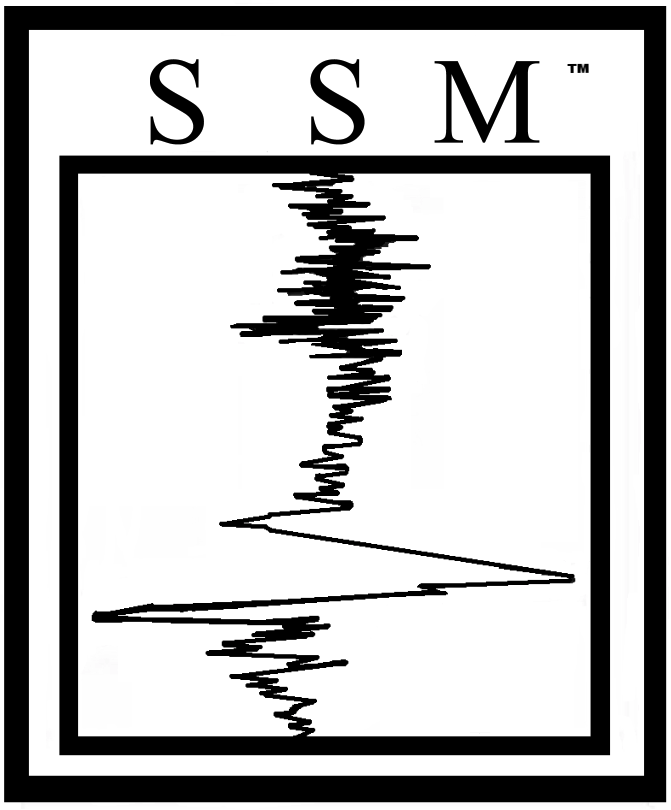Course Objectives | At the conclusion of this course the participant should be able to identify and discuss:
the clinical aspects of normal human sleep throughout the life span
the preparation of patient and equipment for sleep monitoring
sleep stage scoring and abnormal events recorded on the polysomnogram
the symptomatology of sleep disorders and differential diagnoses
treatment plans for patients with sleep disorders
30 SEPTEMBER 20
00:00:00–02:40:00
Normal Sleep; Clinical Implications
Key physiologic variables and changes seen in REM and NREM sleep, sleep as a circadian rhythm and individual differences observed in sleep
Keenan
02:41:41–03:25:13
Measuring Sleep, Scoring Sleep
Key physiologic variables recorded during sleep for polysomnography and the use of EEG, EOG and EMG to score human sleep
Keenan
03:35:53–4:18:06
Scoring Sleep (Cont’d)
Using EEG, EOG and EMG to score sleep stage data (cont’d)
Keenan
04:40:02–06:22:18
Overview Childhood Sleep Disorders
Most common sleep disorders in children, evaluation, diagnosis, treatment and management
Pelayo
06:31:20–06:57:33
REM and NREM Parasomnias
Signs and symptoms of parasomnias, evaluation, diagnosis and treatment
Pelayo
06:57:33–07:10:56
Forensics
Challenges of legal cases of alleged illegal behavior which occurred during apparent sleep
Pelayo
1 OCTOBER 20
00:00:00–01:20:00
Polysomnography (Cont’d)
Key physiologic variables recorded during sleep for polysomnography and the use if EEG, EOG and EMG to score human sleep
Keenan
01:24:33–02:31:30
Surgical Management of Obstructive Sleep Apnea Syndrome
Surgical interventions for the treatment of the airway, in patients who have been diagnosed with sleep related breathing disorders
Li
02:43:25–04:10:24
Diagnostic Aspects of Sleep Related Breathing Disorders
Features of the polysomnogram commonly seen in patients with sleep related breathing disorders
Butkov
04:11:34–05:47:44
Positive Airway Pressure Therapy Part 1
Details of titration process used to determine pressures necessary to maintain an open airway during sleep for patients with obstructive sleep apnea
Butkov
05:48:51–07:24:05
Positive Airway Pressure Therapy Part 2
Details of titration process used to determine pressures necessary to maintain an open airway during sleep for patients with obstructive sleep apnea
Butkov
2 OCTOBER 20
00:00:39–01:12:49
Polysomnography Cont’d and Sleep Stage Scoring (at 01:19:45-02:22:02)
Discerning characteristic changes in EEG, EOG and EMG associated with different stages of Non REM and REM sleep
Keenan
02:26:20–03:33:10
Sleep and Aging, Sleep and Obesity
Characteristic age-related changes in sleep and the relationship between sleep and obesity
Yuen
No video; please see ref.
Orthodontics and Breathing During Sleep Principles and Practice of Sleep Medicine 6th ed Chapter 143
Insights regarding the development of the airway, and orthodontic interventions for treatment to maximize airway space
Quo
No video; find notes and see chapter 169 P&P
MSLT, MWT; Tools for the objective measures of sleepiness and alertness used in the clinical environment
Protocols for objective measures of sleepiness (MSLT) and ability to maintain wakefulness (MWT)
Keenan
3 OCTOBER 20
00:00:00–01:15:05
Sleep related breathing disorders in children; predisposing factors, evaluation, diagnosis and intervention Part 1
Identify early life factors in upper airway development that may predispose to risk for pediatric sleep disordered breathing and Provide overview of interventions for pediatric OSA which take into consideration goals of optimal upper airway function and development
Sullivan
01:15:06–03:31:25
Part 2 and cases
Pediatric cases; history, evaluation, diagnosis, and treatment
Sullivan
03:31:30–05:39:56
Circadian Rhythms/CR Disorders
Fundamental properties of the circadian system regulating sleep/ wake behavior and examples of circadian misalignment, diagnosis, evaluation and treatment
Barwick
03:31:30–05:39:56
Insomnia/CBTi
Predisposing, precipitating and perpetuating factors contributing to the complaint of insomnia and the use of Cognitive and Behavioral treatments for treatment
Barwick
05:43:25–06:41:04
OSA, CSA, Hypoventilation and Consequences
An overview of neurologic, cardiac and physical anomalies contributing to adult breathing disorders during sleep, differentiation of central vs obstructive sleep apnea and sleep related hypoventilation; evaluation, diagnosis, treatment options, consequences of lack of treatment and associated comorbidity
Robinson
